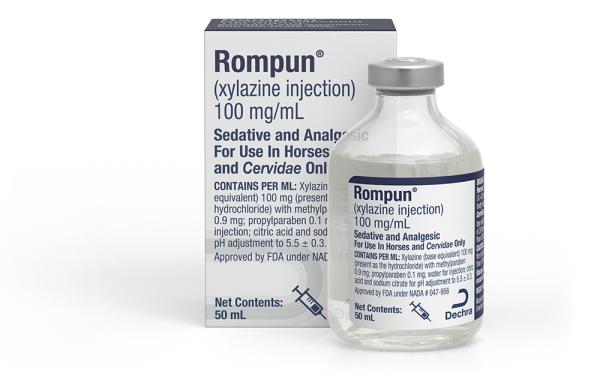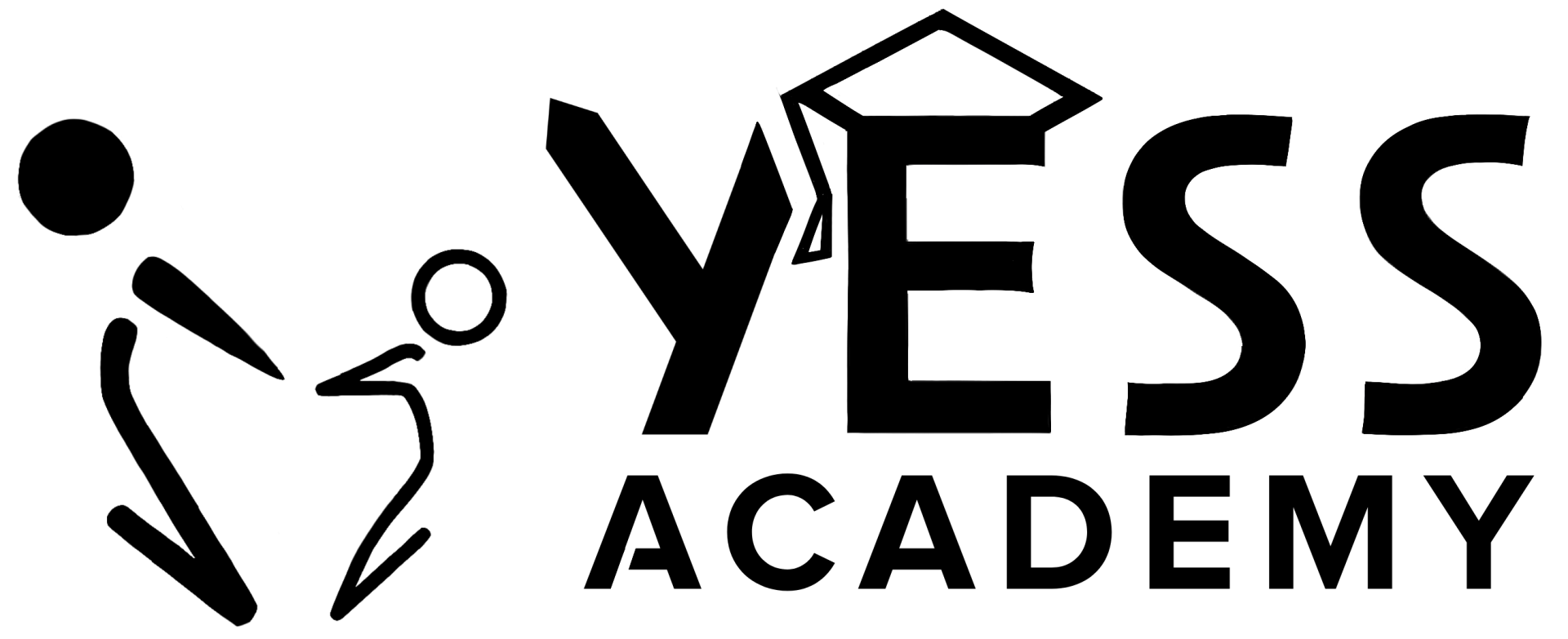The opioid epidemic has taken a deadly turn with the rise of xylazine, a powerful veterinary sedative now making its way into the illicit drug supply.
Often called “tranq” or “tranq dope,” xylazine is being mixed with fentanyl and other opioids, creating an even more dangerous drug crisis. Its effects are devastating, leading to prolonged unconsciousness, severe wounds, and a heightened risk of fatal overdose.
At YESS Academy, we believe education is the most powerful tool in combating substance misuse and addiction. Through our Opioid and Addiction Prevention Program, we equip young people, families, and communities with the knowledge they need to recognize these dangers and make informed choices.
Let’s explore what xylazine is, why it’s so dangerous, and what we can do to protect our communities.
Xylazine is a
non-opioid tranquilizer used in veterinary medicine to sedate large animals like horses and cattle. It is not approved for human use because of its dangerous side effects, which include severe sedation, dangerously low blood pressure, and respiratory depression.
Despite these risks, drug dealers are increasingly mixing xylazine with fentanyl, heroin, and other opioids to enhance the effects of these substances. Because xylazine is not an opioid, it does not respond to naloxone (Narcan), the life-saving medication used to reverse opioid overdoses. This makes xylazine-laced drugs even deadlier than fentanyl alone.
Xylazine’s impact on the body is alarming. Here are the biggest dangers associated with its use:
1. Increased Overdose Risk
Xylazine is a central nervous system depressant, meaning it slows down breathing and heart rate. When combined with fentanyl or heroin, the risk of overdose skyrockets. Victims often experience severe sedation, slowed breathing, and even coma, leading to fatal overdoses.
2. “Zombie-Like” Effects and Unresponsiveness
People using xylazine often appear deeply sedated, unconscious, or unable to respond to stimuli. This extreme drowsiness can last for hours, leaving individuals vulnerable to injuries, robbery, or further drug consumption.
3. Narcan Resistance
Unlike fentanyl, xylazine is not an opioid, meaning it does not respond to naloxone (Narcan). While Narcan can still reverse the effects of opioids in a mixed-drug overdose, it won’t counteract xylazine’s effects, making overdoses harder to treat.
4. Severe Skin Wounds and Tissue Damage
One of the most shocking effects of xylazine use is the development of horrific skin ulcers and infections, even in people who do not inject drugs. These flesh-eating wounds can appear anywhere on the body and may lead to amputations if untreated. This is why xylazine has been called the “zombie drug.”
5. Rapid Spread Across the U.S.
Xylazine-laced fentanyl has been found in nearly every state in the U.S. According to the DEA, xylazine-related overdoses have been increasing at an alarming rate, particularly among young people who may unknowingly consume the drug in counterfeit pills or heroin.

Many young people experimenting with drugs are unaware that xylazine is being mixed into substances like fentanyl, heroin, and even cocaine or fake prescription pills. This makes education critical to prevention.
At YESS Academy, we emphasize:
Raising Awareness – Many people don’t even know xylazine exists. Educating youth about its dangers can help them recognize the risks before it’s too late.
Recognizing Signs of Overdose – Teaching students and communities how to identify the symptoms of a xylazine overdose and when to seek emergency medical help.
Harm Reduction Strategies – While the goal is prevention, it’s also important to equip young people with life-saving strategies, such as always carrying Narcan (even though it doesn’t reverse xylazine, it can still counteract fentanyl).
Encouraging Healthy Decision-Making – By helping youth develop critical thinking skills and confidence in resisting peer pressure, we can reduce the likelihood of experimentation with unknown substances.


